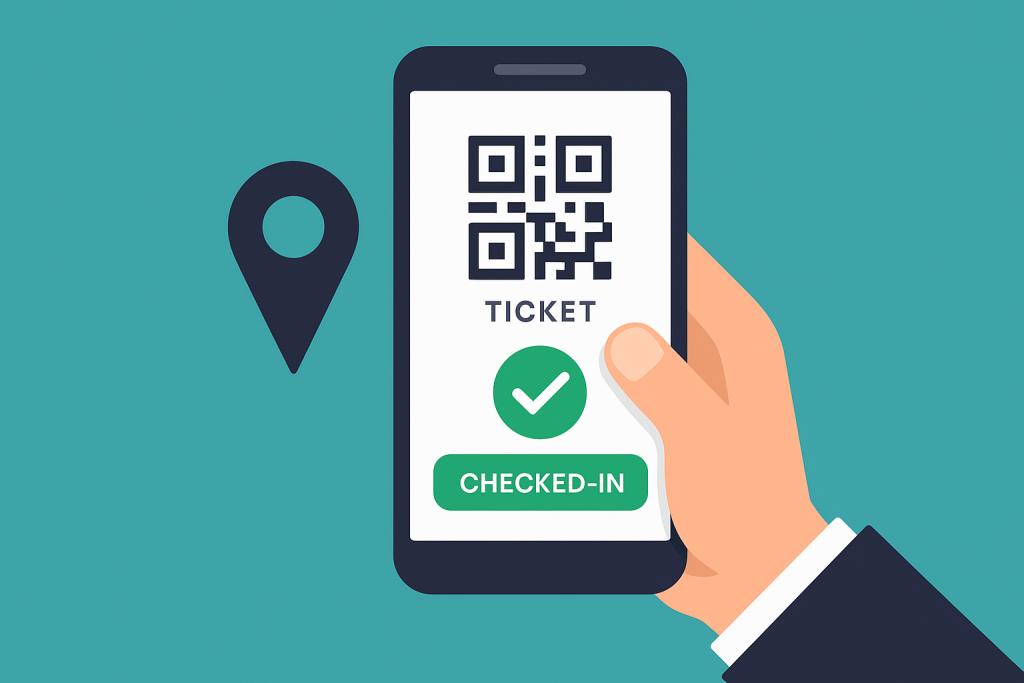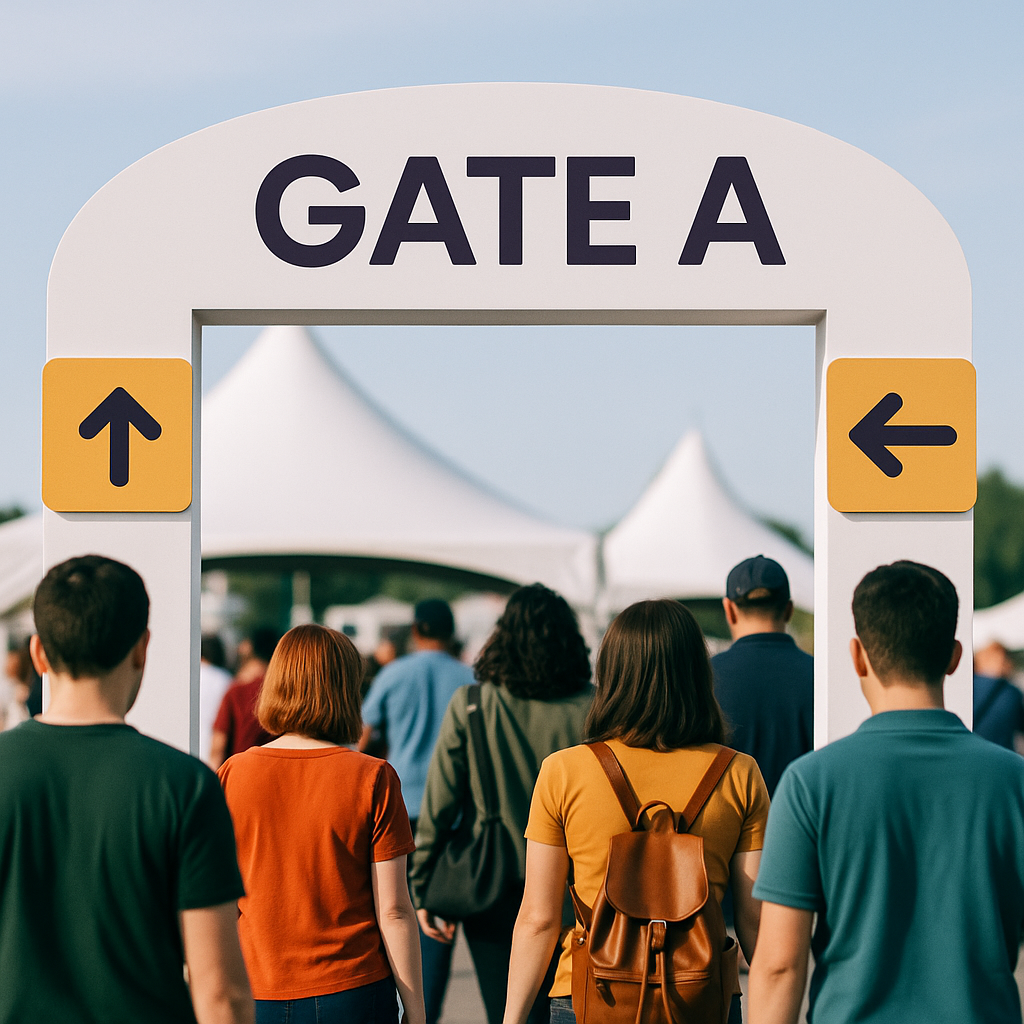Maximize Efficiency of Checkinera
Whether you’re running a music festival, a large conference, or a cozy workshop, long lines at the check-in gate can ruin the first impression. Crowds and delays frustrate attendees and put pressure on your staff.
Luckily, the Checkinera apps - both mobile and web - make check-ins fast, simple, and reliable. In this post, we’ll share practical tips for optimizing your ticket check-in process. You’ll learn how to set up multiple check-in gates, use several devices efficiently, fine-tune the overall experience and maximize efficiency of Checkinera app.
The power of multiple gates and devices
Distribute the load
One of the biggest benefits of using multiple gates and devices is load distribution. Instead of forcing everyone through a single entry point, you can spread attendees across several gates. This simple change can cut waiting times dramatically.
Each gate can serve a specific group—VIPs, general admission, staff, or media. That keeps everything organized and moving smoothly. And if one device fails, others can still process check-ins without delay.
Leverage flexibility of having mobile check-in system
The keyword here is mobile. With Checkinera, your check-in system can move wherever you need it.
The app runs on both iOS and Android, allowing your team to handle check-ins anywhere in the venue. Staff can walk through waiting lines or even move into the crowd to scan tickets early. This flexibility is ideal for large outdoor events or spaces with multiple gathering points.
By using multiple mobile devices, your team can split up and handle attendees faster, reducing congestion and keeping lines short.

Keep everything in sync
Both the Checkinera app and the Checkinera web app sync data in real time. That means all devices share check-in information instantly. Once a ticket is scanned at one gate, it can’t be used again elsewhere. This prevents duplicate entries and ensures a seamless check-in flow across all gates..
Analyze and optimize
Consider the venue layout
The way your venue is arranged has a huge impact on check-ins. Gates should be visible and easy to reach, but not so close to entrances that they create jams. Plan a natural flow that guides attendees from arrival to entry without backtracking.
For larger venues, it might be worth considering a staggered check-in process.
Direct attendees to different gates based on ticket type, arrival time, or group size. This spreads the flow evenly and keeps things comfortable for everyone.
Gate signs and staff training
Clear signage helps people find their gate fast. Combine that with well-trained staff, and your process will run like clockwork.

To maximize efficiency of Checkinera, make sure your team knows how to use the Checkinera app and understands the venue layout. They should be able to answer common questions and handle quick fixes on the spot. Short pre-event briefings or practice sessions can make a huge difference in confidence and efficiency.
Murphy's law - be prepared
Have a backup plan
Even the best systems can fail. Devices break, networks drop, or crowds arrive all at once. That’s why a backup plan is essential.
Keep spare devices and power banks nearby. Set up a manual check-in option in case technology fails. A separate help desk can handle any issues without blocking the main gates. These simple precautions can save you from chaos and keep attendees calm.
Test, test, test...
Before the event day, rehearse the full check-in flow several times. Simulate busy periods, weak connections, and even device failures. The more you test, the fewer surprises you’ll face. Smooth check-ins set the tone for a great event. With Checkinera, multiple gates, and a well-trained team, you can handle crowds effortlessly and keep everyone happy.